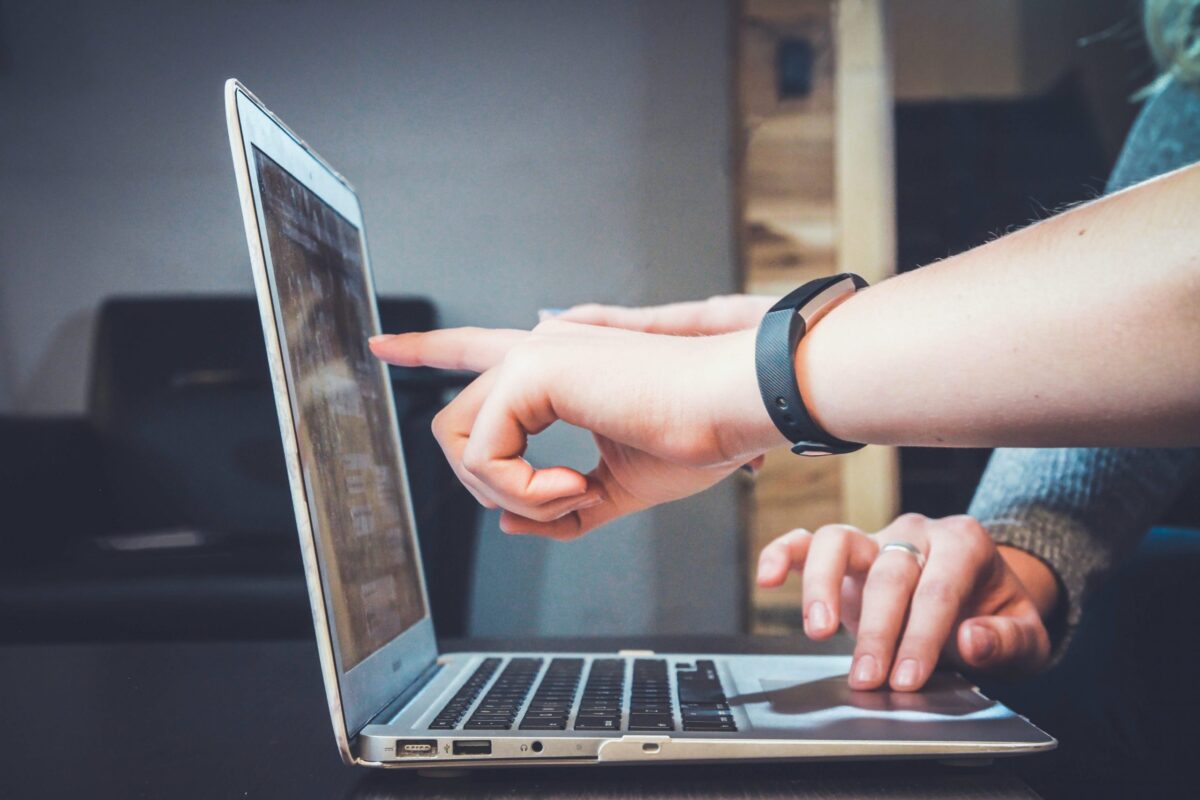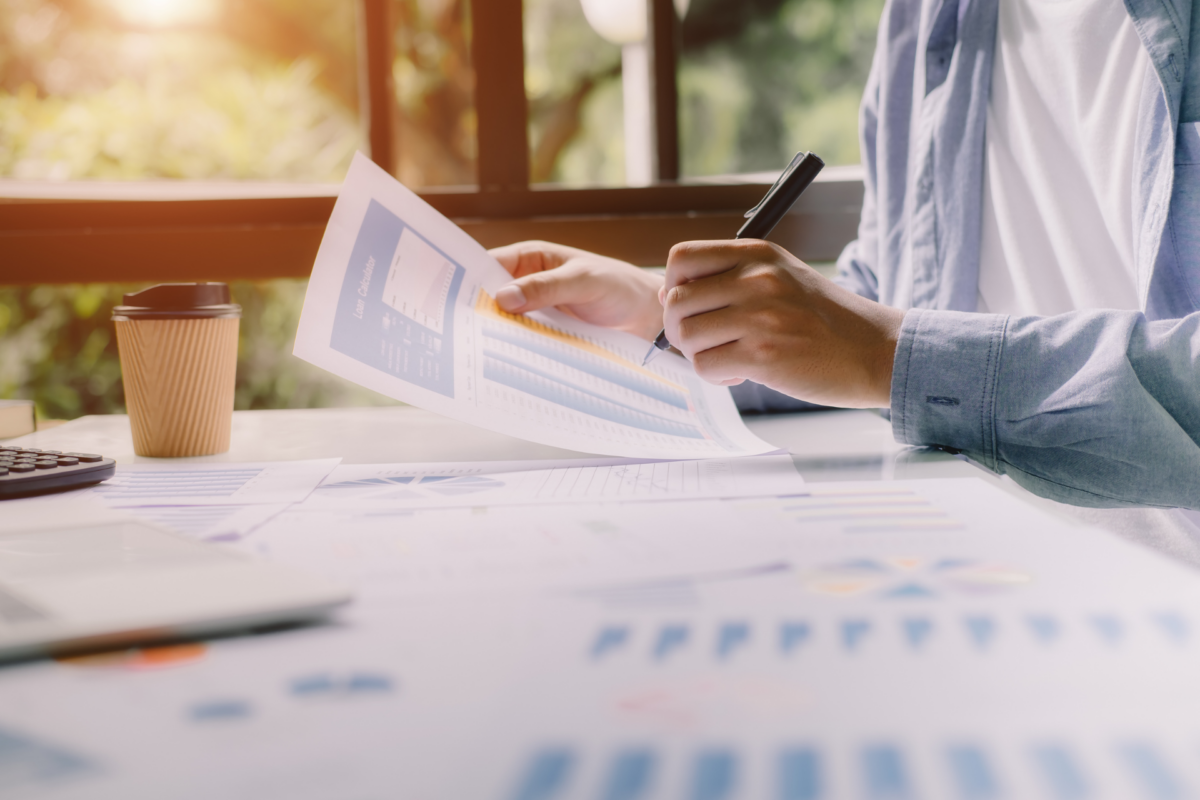What is a Balance Sheet?
This blog posts kicks off a new series on financial statements, namely the balance sheet, the income statement, and the cash flow statement. We will also dig further into the interrelationship between the three statements, but first let’s start with part one, balance sheets.
A company’s balance sheet or statement of financial position depicts a company’s assets, liabilities, and owners’ equity. The balance sheet combined with the income statement and cash flow statement is basically the bedrock of your company’s financial statements. It is important to note that a balance sheet is only a snapshot of the company’s financial position at any given point in time.
Assets
There are two categories of assets that you will find on your balance sheet. 
Current Assets
Current assets, sound like what they are, assets that are being used now. They have a lifespan of one year or less and can be converted into cash easily. This asset class can include assets in the form of cash or cash equivalents, like accounts receivable and inventory.
Non-Current Assets
Non-current assets have a lifespan of more than a year, i.e. they can’t be as easily turned into cash as current assets. This asset class may refer to tangible assets like office equipment, machinery, commercial real estate, and even land. Non-current assets can also include intangible assets like goodwill (the value of a company’s brand), patents, copyrights, trademarks, trade names, and customer lists.
Liabilities
Balancing the assets of a balance sheet are a company’s liabilities. You’ve got to spend money to make money and liabilities are a great example of this. Liabilities are  the financial obligations a company owes to external parties and similar to assets there are both current and non-current types.
the financial obligations a company owes to external parties and similar to assets there are both current and non-current types.
Current Liabilities
Following the same logic as current assets, current liabilities are those that will need to be paid off within a year or less. This category of liabilities will include things like your accounts payable as well as interest payments on a business loan.
Non-Current Liabilities
Non-current liabilities include debts and non-debt financial obligations that will be due more than a year after the date the balance sheet was created. These types of liabilities can include long-term loans, bonds payable, deferred taxes, long-term leases, and even pension benefits.
Owners’ Equity
Owners’ equity, also referred to as shareholders’ equity, represents the amount of money invested in a business by the owners or other shareholders (think  investors) plus any retained earnings (i.e. it represents the source of funding for the business). One way in which additional money can be included in owners’ equity is if at the end of the year, a company’s net earnings are reinvested into the company. This amount of money would then be transferred from the income statement into the owners’ equity section of the balance sheet (You can already see there is going to be a lot to discuss when we write our blog on the interrelationship between the three major financial statements!).
investors) plus any retained earnings (i.e. it represents the source of funding for the business). One way in which additional money can be included in owners’ equity is if at the end of the year, a company’s net earnings are reinvested into the company. This amount of money would then be transferred from the income statement into the owners’ equity section of the balance sheet (You can already see there is going to be a lot to discuss when we write our blog on the interrelationship between the three major financial statements!).
Balancing the Balance Sheet
You may have noticed the formulas above which represent the interrelationship between Assets, Liabilities, and Owners’ Equity. You may also have noticed that a combination of two of the three balance sheet items always equals the third balance sheet item. This is where the term “balance” comes into play! In order for the balance sheet to balance, the total assets on one side of the statement have to equal the total liabilities plus owners’ equity on the other side.
This balancing act makes sense, especially if you consider the fact that assets are what a company uses to operate its business, while liabilities and owners’ equity are the two sources of capital and resources that support these assets.
What Purpose Does a Balance Sheet Serve?
As we mentioned earlier, a balance sheet provides a summary or snapshot of a company at any given time broken down into assets, liabilities, and owners’ equity. The purpose of a balance sheet depends on the audience viewing it. Learn what I mean in the next section.
An Internal Review
When a balance sheet is reviewed internally by the owner or founder of a business (or employees or managers) they can use it to cultivate insight about whether their company is doing well or not so well.
For example, the owner could look at the balance sheet and its current ratio (a liquidity ratio) which would tell them about the company’s ability to pay off current liabilities with current assets. In other words, the current ratio allows the owner to know whether they can pay their bills.
An External Review
When a balance sheet is reviewed externally potentially by an investor or a lender, it can depict what resources are available to that business and how the business is financed so that these outside parties can make informed decisions about the company.
For example, when a lender reviews a company’s balance sheet they might look at its debt-to-equity ratio which would show if a company is financing its operations through debt versus wholly-owned funds. More specifically, the debt-to-equity ratio gives the lender insight into the ability of the company (based on owners’ equity) to cover outstanding debts. This would help them to determine if it is a good idea to lend the business money (or not).
It’s All in the Balance
A balance sheet should always balance. Assets must always equal liabilities plus owners’ equity. Owners’ equity must always equal assets minus liabilities. Liabilities must always equal assets minus owners’ equity. It is that simple!
Thankfully, almost all accounting software, like QuickBooks, is programmed to ensure “double-entry” accounting, and hence the transaction entries balance the balance sheet. If a balance sheet doesn’t balance (and this applies more to forecasting a balance sheet in software programs like Excel), it’s likely the document was prepared incorrectly. Typically, errors are due to incomplete or missing data, incorrectly entered transactions, errors in currency exchange rates or inventory levels, miscalculations of equity, or miscalculated depreciation or amortization.
If your company could use support in getting your accounting software in tip-top shape so you can glean insight from your balance sheet like a pro, we invite you to give our team a call. We absolutely love helping entrepreneurs with their accounting, so they can make informed decisions based on data, and change the world with their services and products!





